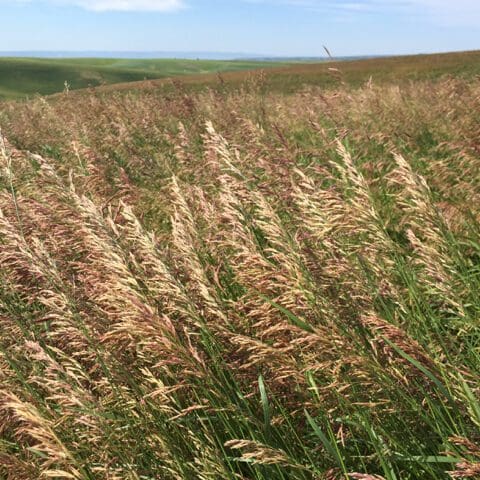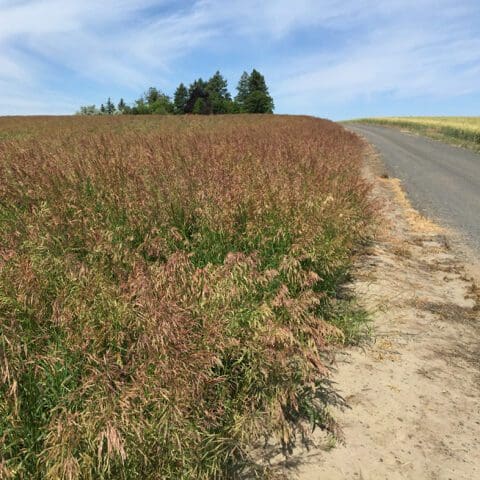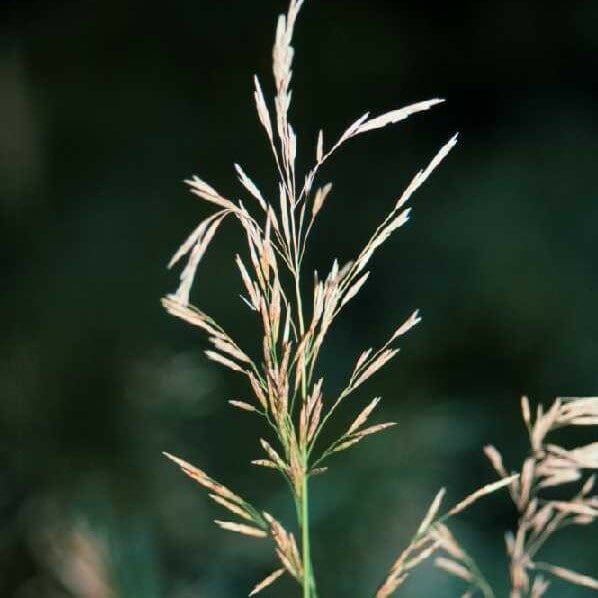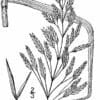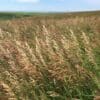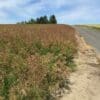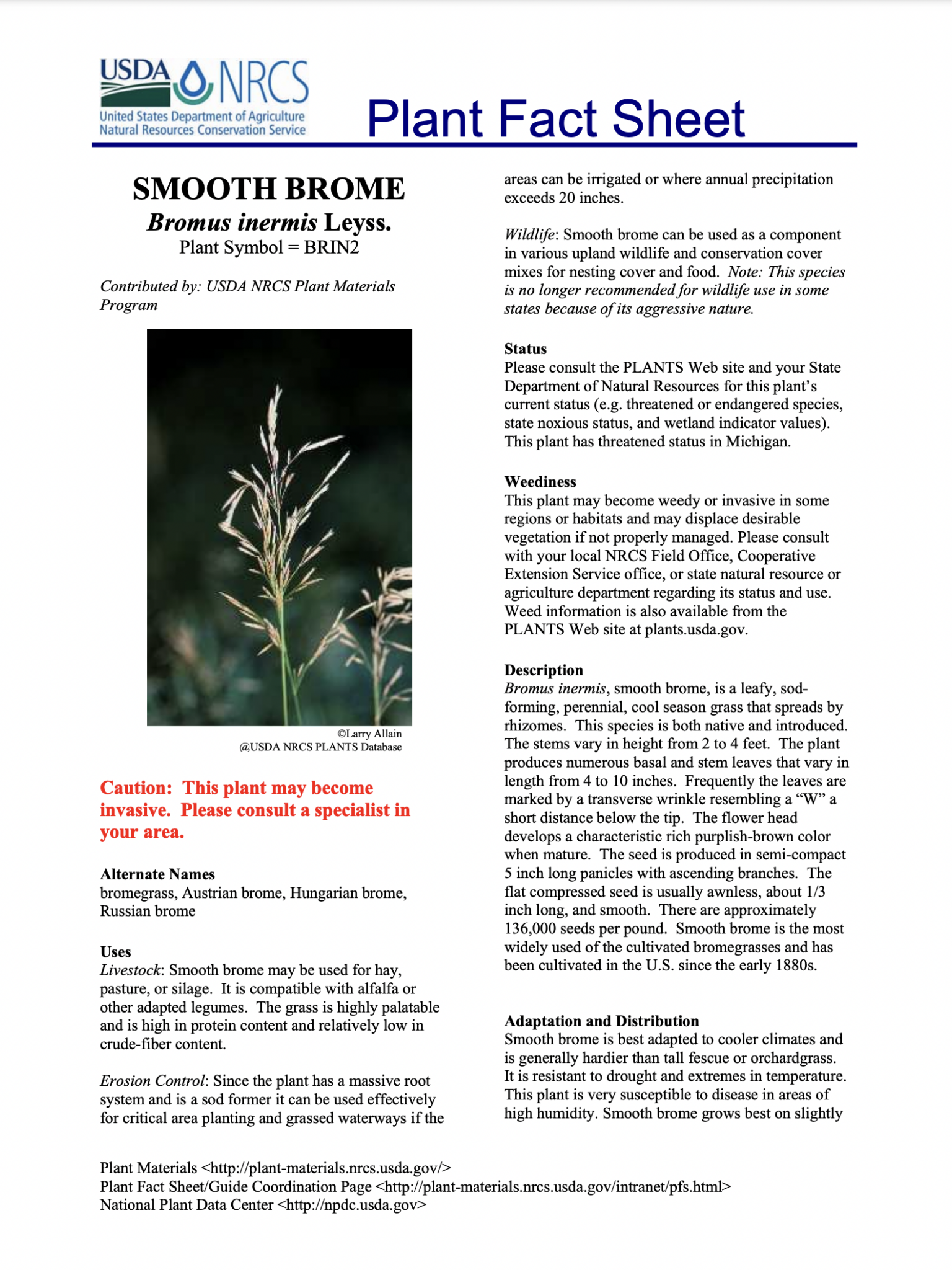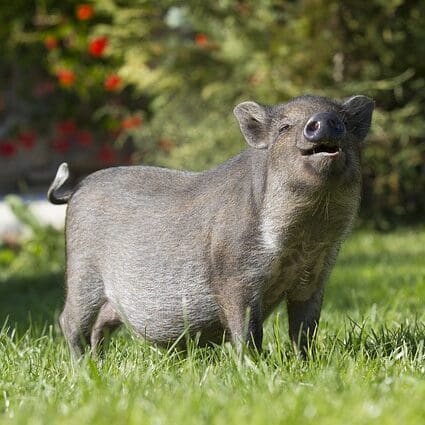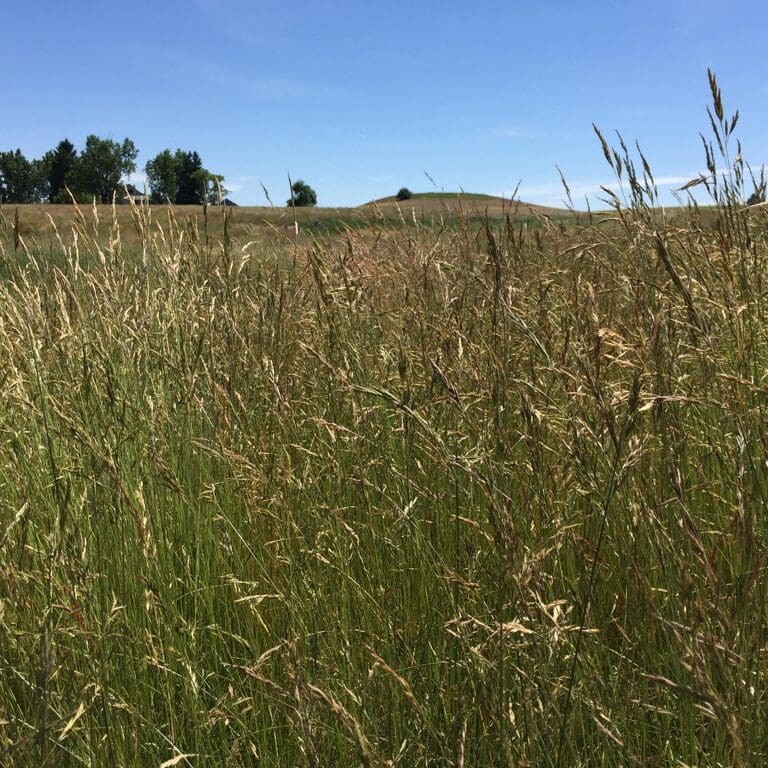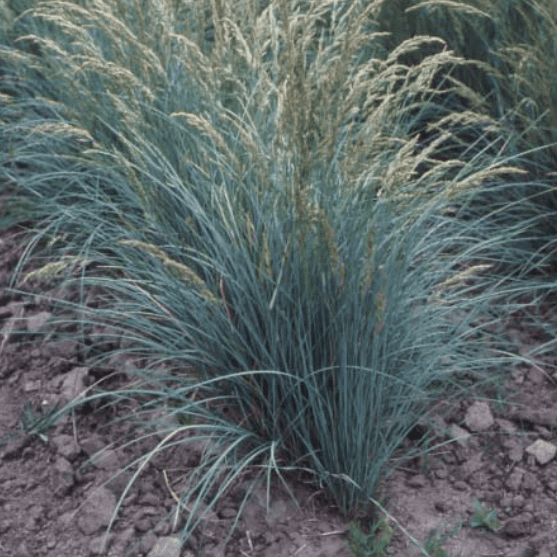Smooth Brome
- Long-lived introduced perennial
- Aggressive root system
- Used for pasture, forage, disturbed sites
Min. to Max. Annual Precipitation
48in.
Average Max. Height
Smooth Brome is a long-lived introduced perennial grass with an extensive and aggressive root system. Used for pasture, forage, silage, and disturbed sites. This grass is highly palatable, high in protein content, and relatively low in crude-fiber content. Used effectively for critical area planting and grassed waterways.
Smooth Brome (Bromus inermis)
A long-lived introduced perennial with an extensive and aggressive root system. Used for pasture, forage, disturbed sites. Smooth brome is the most widely used of the cultivated bromegrasses. It has been cultivated in the United States since the early 1880s. It is distributed throughout most of the states.
Smooth Brome can be an invasive species in some areas. It has an aggressive rhizominous root system. In the right conditions, smooth broom will take over and result in a monoculture. Smooth brome can be used as a component in various upland wildlife and conservation cover mixes for nesting cover and food. It is no longer recommended for wildlife use in some states because of its aggressive nature. Consult your local NRCS, FSA or local specialist.
Uses:
Smooth brome may be used for hay, pasture, or silage. It is compatible with alfalfa or other adapted legumes. The grass is highly palatable, is high in protein content and relatively low in crude-fiber content. Since the plant has a massive, sod-forming root system it can be used effectively for critical area planting and grassed waterways.
Adaptation and Distribution:
Smooth brome is best adapted to cooler climates. It is generally hardier than tall fescue or orchardgrass. It is resistant to drought and extremes in temperature. This plant is very susceptible to disease in areas of high humidity. It grows best on slightly acid to slightly alkaline well drained clay loam soils with high fertility, but it will also grow well on lighter textured soils where adequate moisture and fertility are maintained. Smooth brome performs best in a pH range of 6.0 to 7.5.
Stands are difficult to obtain and growth is poor on soils high in soluble salts.
Available Cultivars:
- Mancha is a northern variety.
- Lincoln is a southern variety.
This product has a 5 pound purchase minimum
***click on the “Quick Plant Facts” tab above for more information.
Smooth Brome NRCS Plant Fact Sheet
Smooth Brome NRCS Plant Fact Sheet
PDF version of NRCS Plant Guide & Fact Sheet
Prepared By & Species Coordinator: Tony Bush, USDA NRCS Rose Lake Plant Materials Center East Lansing, Michigan
Helpful Links
Additional information about this product can be found on the academic websites linked below.
Synonyms
Many plants have more than one common and scientific name. We've listed a few of them below.
- Smooth Brome
- Bromus inermis
- Poaceae
Quick Plant Facts
| Common Name: | Smooth Brome |
|---|---|
| Scientific Name: | |
| Origin: | |
| Plant Type: | |
| Lifespan: | |
| Seed Count: | 145,000 seeds/lb. |
| Growth Season: | |
| Sowing Rate: | 5-12 PLS lbs. per Acre |
| Max Sowing Depth: | |
| Min. Precipitation: | 11 – 18 Inches |
| Root Form: | Sodformer |
| Growth Height: | |
| Elevation of Occurance: | |
| pH Tolerance: | |
| Best Time to Sow: | |
| Hardiness Zones: |


